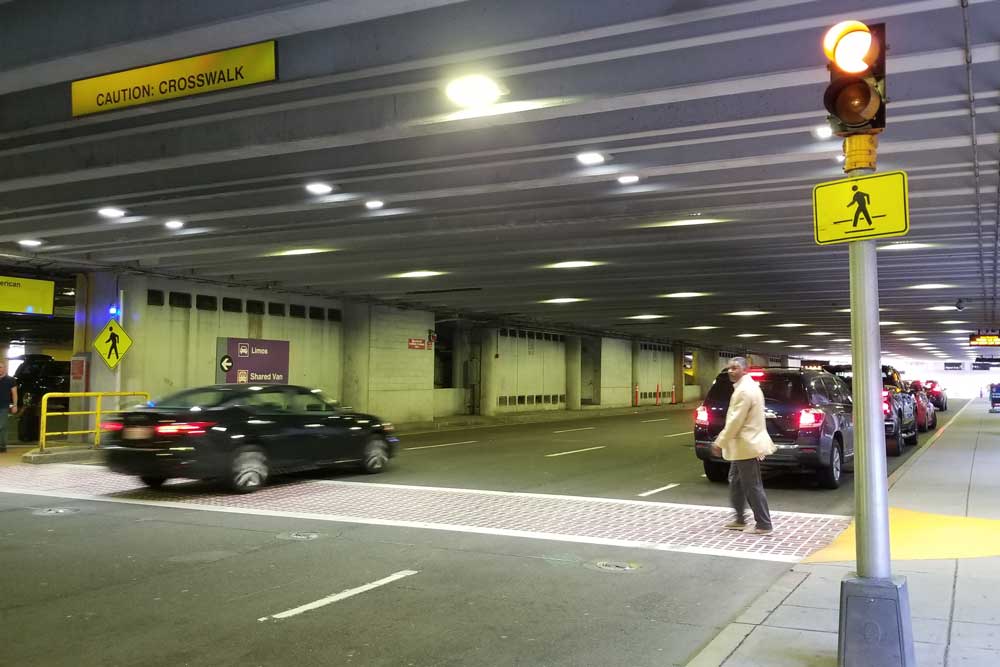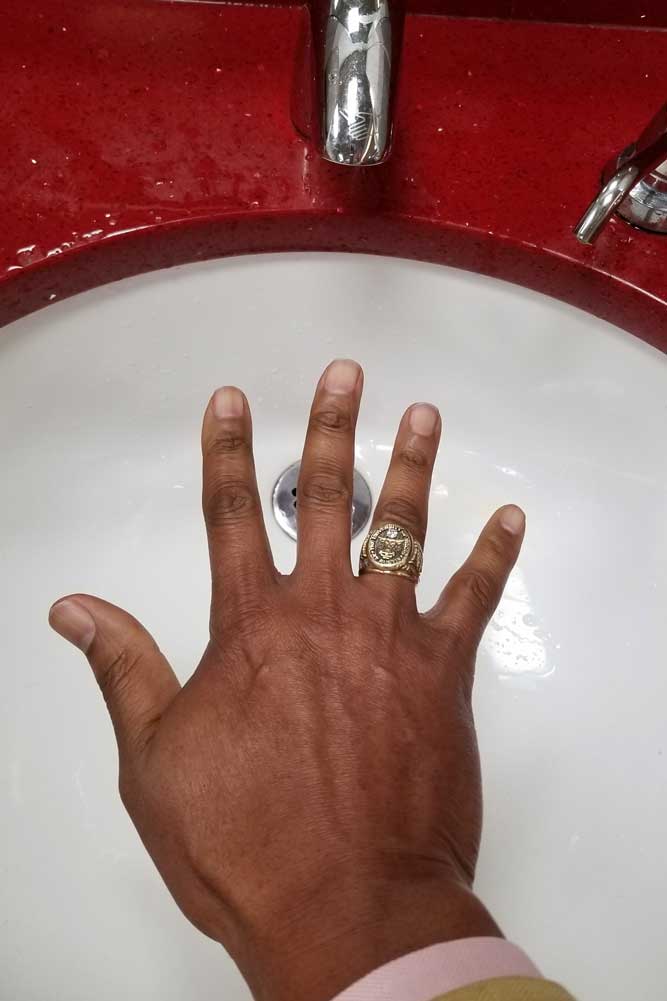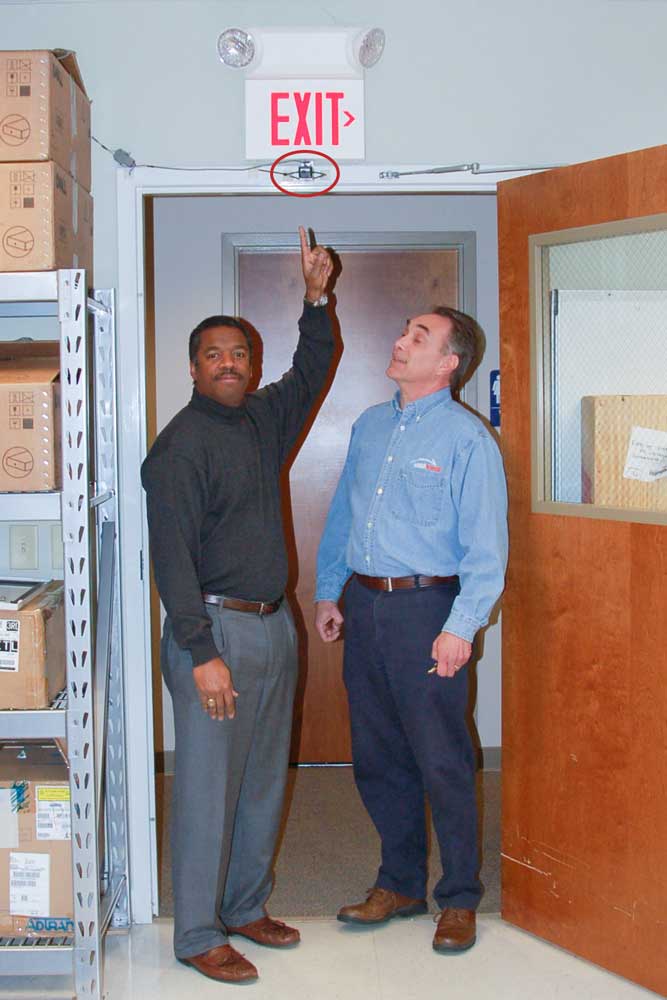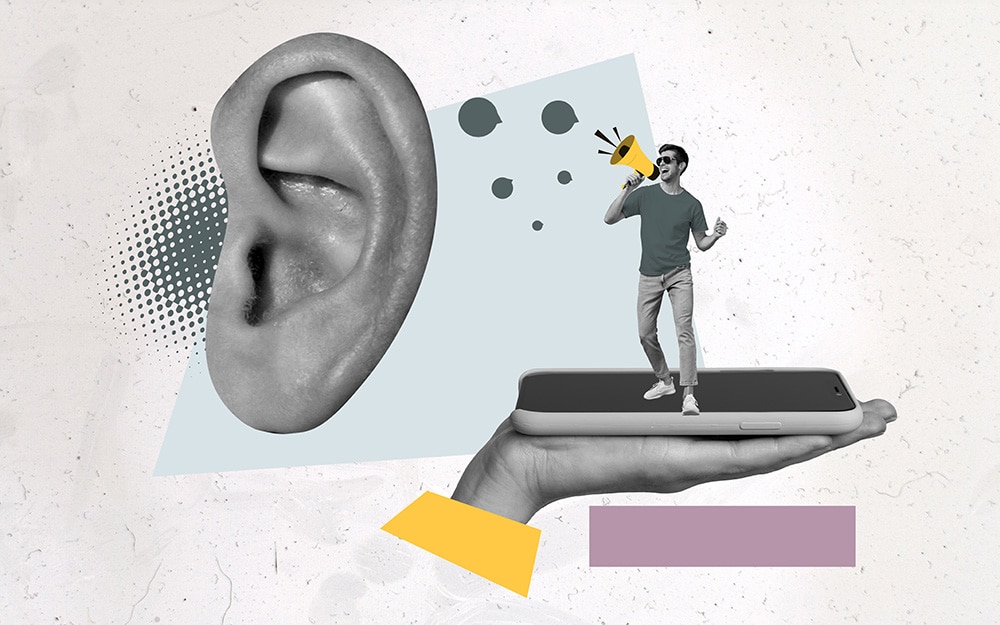Diversity, Equity, & Inclusion
The Green Standard
You Don't Know What You Don't Know

The Real Impacts of Diversity, Equity, and Inclusion (DEI)
When I accepted this opportunity to craft an article that would enlighten and educate, I didn’t know what I would write. The understanding of Diversity, Equity, and Inclusion among my friends in the parking and mobility industry is very important to me. As always, all I (or you) have to do is put on a pair of ‘DEI’ glasses and hidden things that have always been there seem to just jump out. I think—no, I know—that some of what you are about to read will surprise you—as it did me.
First, a bit of history. Have you ever heard the stereotype that black people always seem to want to buy big cars? Well, it turns out that there is a history and reason for that. If you do your historical homework (and my family lived it), you will find that for generations of black people, the size of the car was not a status symbol. What you will learn is that my parents and grandparents owned larger cars because as people of color, they were never safe in this country. ‘Driving while black’ was not just a newly coined phrase. People of color lived in a world where people wishing to do us harm had a much more difficult time trying to stop a large car than they did a small car. People of color lived in a world where white people could come and terrorize or kill black families with impunity. As a result, larger cars allowed black families to load up all their belongings and escape quickly upon learning of an impending ‘unfriendly visit’. Further, as I have experienced, traveling across country for a black family not only meant that they were unwelcome to eat at many restaurants along their journey, it also meant that hotel vacancy signs would quickly turn to ‘no vacancy’ as they saw my father and I walking up to the hotel entrance (I’ll never forget them frantically waving their arms at us telling us that they had no rooms for our family). As a result, black people knew that it was highly likely that when they traveled, they would have to sleep in their car. The larger the car, the easier it was for a family of four to six people to get some sleep at roadside and continue their journey when the sun rose (we had a nice spacious 1963 Mercury Comet Station Wagon.)
Today’s technology isn’t biased against people of color … or is it? How does DEI fit in this environment?

Did you know that modern conveniences like touchless soap dispensers and water controls in restrooms are not so convenient for all Americans? Yes, it turns out that studies have shown that people with dark skin hands can have a real problem activating the water or the soap dispenser. While not all sensors are programmed ‘incorrectly’, many of them simply do not work the same way for people of color.
For those of us in the IPMI community that are providing bus service and use automated passenger counters, I regret to inform you of some disheartening systemic problems that I have encountered in my work in the transit industry. During system testing prior to one of our transit client’s deployment of upgraded technology, we discovered a major flaw. We never would have discovered it if I wasn’t involved in testing the automated passenger counters. While testing the sensors, we made sure it counted all passengers regardless of how close the passengers were or how fast they boarded. The system worked like a charm except when I passed underneath. It never counted me. Turns out, it didn’t ‘see’ me because of my dark skin. My white colleagues in the test had no problems. We ultimately adjusted the system so the tested equipment and all the rest of the equipment to be installed on the fleet of buses could detect people of color. What would have happened if I wasn’t there?

Yet another technology that helps everyone today for security purposes is facial recognition. This technology analyzes and identifies your face and matches that data to a database of known persons for purposes such as granting access to a secured location or identifying potential threats to the public. What you probably didn’t know is that a recent test of facial recognition showed that it is not as accurate for black people as it is for white people. Tests showed that some of the more advanced facial recognition technology used by security worldwide is not foolproof. In fact, for white people it provided incorrect results for 1 in 10,000 reads. Those are pretty acceptable odds—unless you’re that one person that is wrongly identified as a threat. That same technology, when applied to black faces, was incorrect 1,000 times in 10,000 faces. Now imagine that you’re black and already looked at as a threat in many circumstances. Facial recognition technology can mean being detained with extreme prejudice if you are falsely identified as a threat. Sounds unlikely but it happens all too often in the black community—even when there is no facial recognition software. Let me assure you, it is scary, it is not fun, and you fear for your life when the police misidentify you as a dangerous person of interest and proceed to treat you accordingly. I know I will NEVER forget that experience!!
You may not be aware, but the lion’s share of this nation’s pedestrian and bicycling accidents and fatalities occur within communities of color (Indigenous and black respectively).
You may also be unaware of an interesting but alarming study conducted recently. Many parking facilities have crosswalks, right? Well, this study showed that when white people tried to cross the street midblock with no crosswalk, there was a certain percentage of people that stopped to let the pedestrians cross the street mid-block. That percentage was significantly smaller when the pedestrians were black. During this same experimental study, they installed a mid-block crosswalk to determine if there would be any change. The results showed that the percentage of vehicles that stopped for white pedestrians in the crosswalk was higher. The test also showed that the percentage of cars that stopped for black people had increased as well. Unfortunately, the differential of stopped cars remained the same as it did when there was no crosswalk. In other words, there was no change in the percent of cars that did not stop for black people. What made it worse was that when cars did stop for black people in the crosswalk, they tended to encroach on the crosswalk and allowed their cars to get closer to black pedestrians—while they gave white pedestrians plenty of safe space to cross.

You may be asking about the relevance of this article for the parking and mobility industry. One thing that comes to mind is that in the United States, roughly 25% of our population is unbanked or underbanked. That means they probably don’t have a banking account and most likely do not own a credit card—and are not able to acquire one. Yet if you look around, you’ll find people in the parking and transit industry that are gleefully looking forward to the day when they don’t have to handle cash and coins due to the expense. Some operations folks just love their parking or transit apps that allow parkers to ‘tap and go’ or utilize the phone to pay. Most of those systems require the use of a credit card on the back end. I like them too—but what are we telling the 25% of credit card-less Americans when we abandon the costly use of cash and pursue this ‘better’ payment technology?
In each of these examples, the concept of DEI has been overlooked/ignored. Some people think that DEI is over-hyped, but I hope this article serves to remind you that DEI is not a passing fad. We continue to be ignorant about many issues related to fairness, equity, and safety in the world of parking and mobility. Put on some DEI glasses. What else are we missing in the parking profession about DEI? Make it a point to listen in on DEI sessions because I can promise that you’ll learn something that can change the trajectory of your operation—in the right direction! After all, you don’t know what you don’t know.
Richard Easley, CAPP, is president of E-Squared Engineering. He is a member of IPMI’s Board of Directors and Co-Chair of the Planning, Design, and Construction Committee.
-
Richard Easley, CAPPhttps://parking-mobility-magazine.org/author/richard-easley-capp/December 2, 2021
-
Richard Easley, CAPPhttps://parking-mobility-magazine.org/author/richard-easley-capp/September 6, 2022
-
Richard Easley, CAPPhttps://parking-mobility-magazine.org/author/richard-easley-capp/January 31, 2023

A Closed Mouth Does Not Get Fed
Speaking Up on Allyship

The Complexities of Identity
The Vitality of Discovering your own Intersectionality

Age Is Only a Number
To create equity and inclusion for all age groups, it’s







